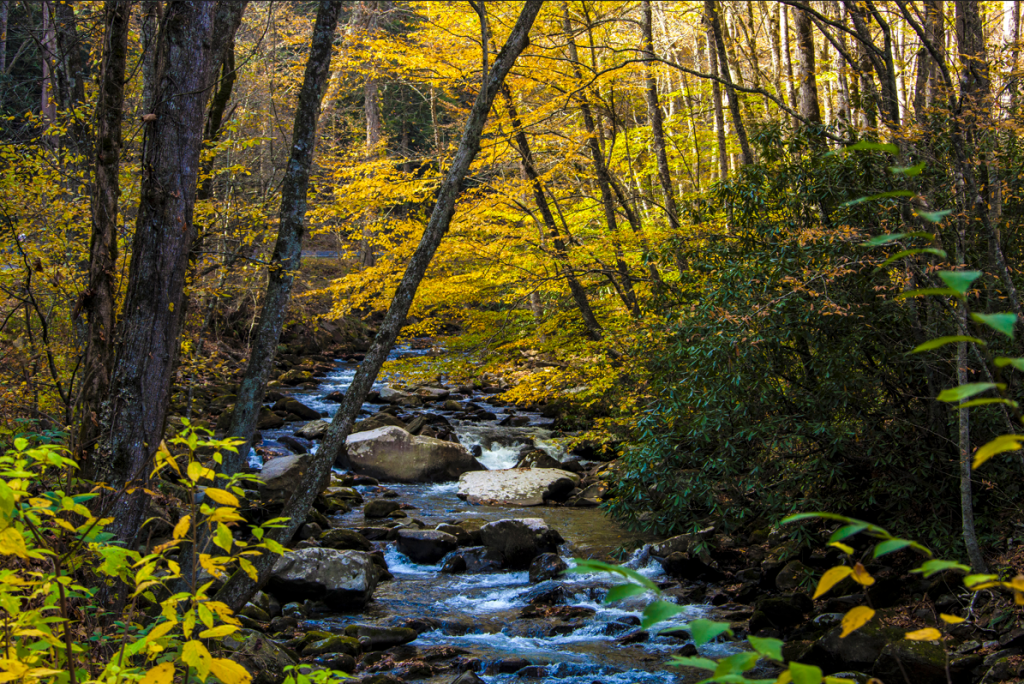
Overview/Objective
For the people of the Southern Appalachian Mountains, community resilience requires a balance between conserving natural and cultural resources and securing access to energy resources.
Southern Appalachia includes the ancestral and present-day homelands of the Eastern Band of Cherokee Indians, or EBCI. Approximately 10,000 members of this sovereign nation still reside in the Qualla Boundary, an area consisting largely of rural and mountain communities adjacent to the Great Smokey Mountains. As a result, these communities often lack reliable connectivity to electricity. Back in 2009, the EBCI explored the feasibility of deploying hydropower within the Qualla Boundary as part of its Strategic Energy Plan. However, concerns about the impacts of traditional hydropower along the Oconaluftee River Basin to ecologically and culturally important fauna as well as costs halted efforts to implement hydropower.
The EBCI and Oak Ridge National Laboratory are exploring smaller scale, less intrusive hydropower options, including dam-less run-of-river systems. These are easier to install in a mountainous landscape and can provide the community with an economical and reliable source of energy, while protecting and reconnecting aquatic species in streams that have been separated by barriers such as culverts and dams.
Research
Over the next two years, researchers at ORNL will partner with the EBCI to:
- Assess micro-hydropower (<100KW) potential in establishing a network of smaller dam-free facilities within the Oconaluftee River Basin
- Identify and prioritize those species of ecological and cultural importance to the tribe and quantify any barriers to aquatic organism passage
- Use functional connectivity models to identify those barriers that are a priority to remove to ensure the most suitable restoration of habitats
- Develop scientific tools that incorporate the importance of cultural values when developing energy and environmental restoration solutions
- Determine micro-hydropower network configurations that may include French vortex generator systems to minimize environmental impacts.
ORNL researchers are collaborating in monthly feedback meetings with the EBCI and other interested parties, including the Southeast Conservation Adaptation Strategy and Southern Appalachian Biosphere Cooperative, to verify and validate critical needs of this unique energy development/species restoration project.
Impact
Throughout the ages, the people of the Eastern Band of Cherokee Indians remain the most enduring environmental stewards of Southern Appalachia. Their efforts to improve access to low-cost, reliable electricity will benefit an under-represented and under-sourced area of the nation where many residents rely on small generators to heat and cool their homes today.
Success of the program will be measured in its ability to balance the energy needs of the people with the environmental needs of the aquatic species, which also call Qualla Boundary home.
This holistic approach may serve as a pilot for other communities moving forward.



